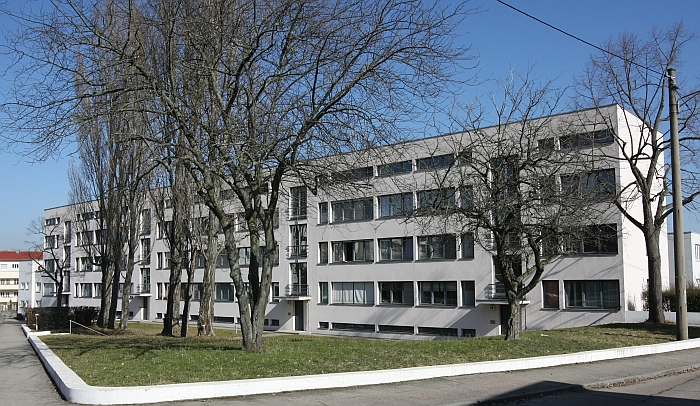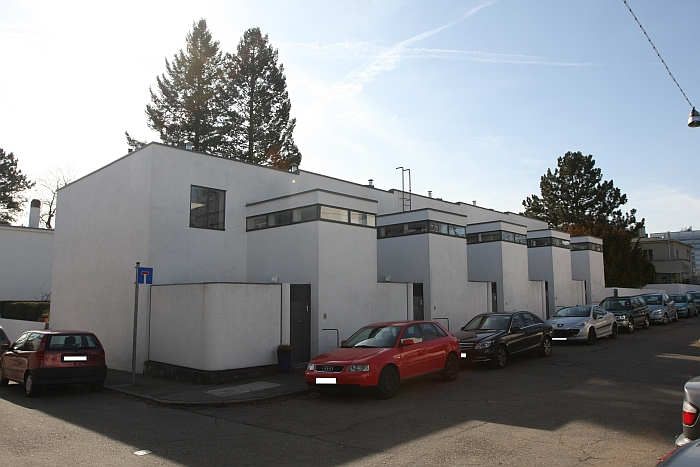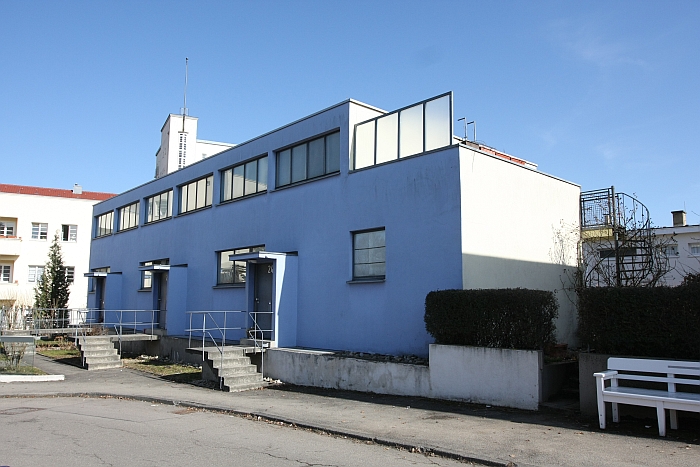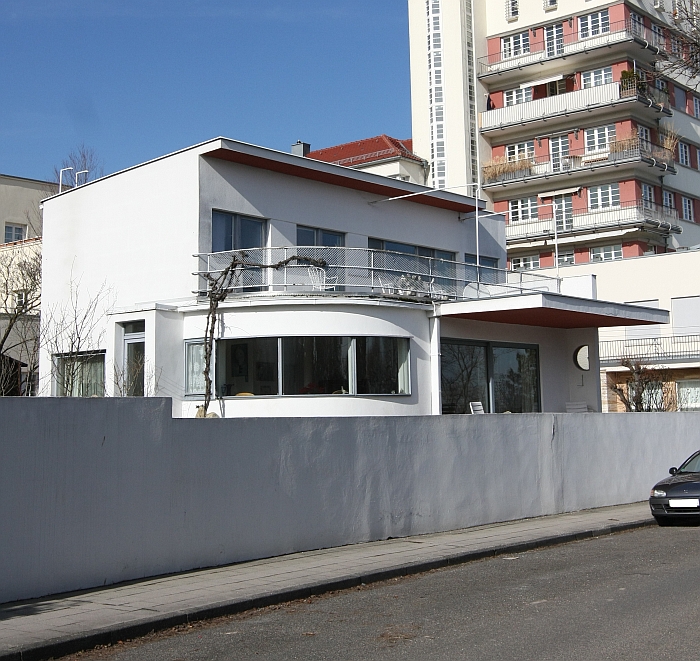smow blog Design Calendar: July 23rd 1927 – Weissenhofsiedlung Stuttgart Opens
“The challenges of contemporary housing are rooted in the changing materials, social and intellectual structures of our time; and can only be understood in such terms. The degree of structural change determines the nature and extent of the problems. They are deprived of any arbitrariness. They cannot be solved with slogans, nor hidden and ignored behind words of good intention. The problem of rationalisation and standardisation is only one part of the problem. Rationalisation and standardisation are merely means, they must never become goals. The problem of contemporary housing is an intellectual problem and the struggle for contemporary housing is just one part of the greater struggle for new forms for living.”1
So greeted Ludwig Mies van der Rohe in the official catalogue visitors to the Weissenhofsiedlung Stuttgart which opened to the public on Saturday July 23rd 1927; and in doing set the tone and priorities of one of the most important events in the (hi)story of contemporary architecture.
Although popularly considered a building exhibition, the Weissenhofsiedlung Stuttgart project featured three exhibitions: and technically wasn’t called the Weissenhofsiedlung Stuttgart but Die Wohnung – The Apartment/Home/Habitation.
In addition to the well known Weissenhof Estate with its 64 show homes spread over 33 houses by architects such as J.J.P. Oud, Le Corbusier, Mart Stam, Peter Behrens and Hans Scharoun, Die Wohnung also featured an exhibition of some 500 draughts and models of modern architecture projects by international architects as varied as Frank Lloyd Wright, Max Ernst Haefeli, Rietveld & Schröder or Stuttgart’s own Rasch brothers. Away from the physical building per se Die Wohnung also included a presentation of contemporary furniture, fittings and technical equipment for the modern home. In an exhibition/trade fair concept realised by Lilly Reich and spread over 9 exhibition halls and the Stuttgart Stadtgarten visitors could view concepts and products including, for example, the Frankfurt Kitchen by Margarete Schütte-Lihotzky, Poul Henningsen lamps from Louis Poulsen, electrical household goods from the likes of Miele, AEG and Siemens and furniture from, amongst others, Walter Knoll, Deutsch Werkstätten Hellerau and Thonet.
Thus the Weissenhofsiedlung offered the visitor everything they needed to help them understand the contemporary nature of the building and design culture of the age, and all for a 2 Reichsmark day ticket.2
And the public took the chance. A reported 500,000 visited Die Wohnung3 it before it finally closed its doors on October 31st 1927. Not that visitors to the exhibition could hope to take much more than mental impressions with them, not only was photographing the buildings banned so to was sketching them. Measuring was, somewhat bizarrely, allowed, but only with written consent.4
In subsequent decades the buildings on the Weissenhofsiedlung suffered from the additive negative consequences of fascist dogma, war and official indifference; however around two thirds of the constructions remain standing and today the Weissenhof Estate does that what all good housing estates should do – provides accommodation for real people. In addition, as a historical document the Weissenhofsiedlung perfectly demonstrates the visions of the leading architects of the modernist era, and the limits the materials and methods of that time brought with them.
And thus why architects and designers must always strive to find new approaches, new approaches which reflect and show an understanding of the changing materials, social and intellectual structures of their time.
1. “Amtlicher Katalog der Werkbundausstellung Die Wohnung, Stuttgart 1927” Schriftenreihe Weissenhof Band 2, Stuttgarter Gesellschaft für Kunst und Denkmalpflege, 1998
2. ibid
1. http://www.weissenhof2002.de/weissenhof.html Accessed 23.07.2015
1. “Amtlicher Katalog der Werkbundausstellung Die Wohnung, Stuttgart 1927” Schriftenreihe Weissenhof Band 2, Stuttgarter Gesellschaft für Kunst und Denkmalpflege, 1998

Weissenhofsiedlung Stuttgart Houses 1-4 by Mies van der Rohe

Weissenhofsiedlung Stuttgart Houses 5-9 by J J P Oud

Weissenhofsiedlung Stuttgart Houses 28-30 by Mart Stam

Weissenhofsiedlung Stuttgart House 33 by Hans Scharoun
Tagged with: Stuttgart, Weissenhof Estate, Weissenhofsiedlung